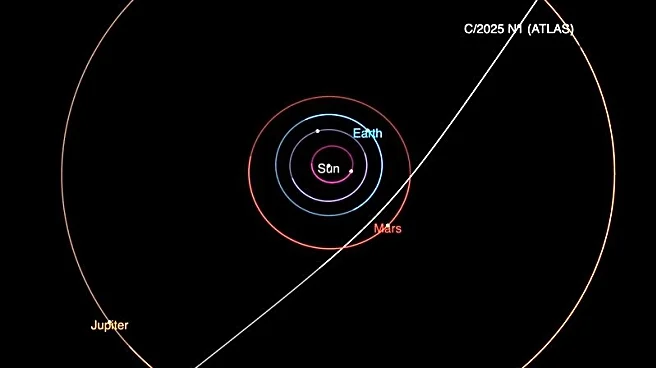What's Happening?
The Very Large Telescope (VLT) in Chile has used its interferometer to create artificial stars for studying the Tarantula Nebula. This process, known as adaptive optics, helps correct atmospheric distortions
to produce sharper images. The VLT's GRAVITY+ system targets the Tarantula Nebula, a star-forming region in the Large Magellanic Cloud, to enhance precision and sensitivity in astronomical observations.
Why It's Important?
The use of adaptive optics in astronomical research allows scientists to obtain clearer and more detailed images of distant cosmic objects. Studying regions like the Tarantula Nebula helps astronomers understand star formation and the impact of massive stars on their environment. The advancements in telescope technology contribute to the broader field of astrophysics, enabling more accurate observations and discoveries about the universe.












